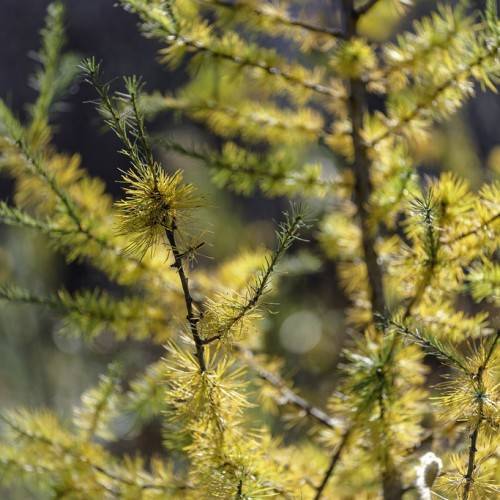
tamarack
Larix laricina
Also Known As - eastern larchCycle:
Perennial
Watering:
Average
Hardiness Zone:
2 - 5
Flowers:
Flowers
Sun:
full sun
Soil:
Sandy Loamy Clay Humus Rocky
Cones:
Yes
Leaf:
Yes
Growth Rate:
Moderate
Maintenance:
Low
Drought Tolerant:
Yes
Salt Tolerant:
Yes
Care Level:
Medium
watering
When watering your tamarack tree, do so deeply and infrequently. Allow the soil to become slightly dry between waterings. During the summer season, water every 7 to 10 days, or every 3 to 4 weeks during the winter. When you water, try to soak the soil completely so that water is running out of the drainage holes in the pot. Be sure to not leave standing water, as this can cause the roots to rot. Also, do not over-water the tamarack, as this can cause root-rot as well.
sunlight
While the exact amount of sunlight will vary depending on local conditions, a minimum of 4 to 8 hours of direct sunlight per day is usually recommended. Tamaracks are adapted to the extreme weather conditions of boreal forests, so they require direct sunlight for most of the summer and fall months at a minimum. Tamaracks should ideally receive almost full sun throughout the growing season—somewhere between 8-14 hours of direct sunlight throughout April and May, and up to 16 hours of direct sunlight in June and July. In the cooler and shorter days of September, tamaracks can typically tolerate reducing their direct sunlight requirements to 6-10 hours.
pruning
Tamarack (Larix laricina) should be lightly pruned every year in late winter when the plant is dormant. Light pruning includes removing dead and damaged branches with sharp pruning shears, as well as any branches that are crossing or rubbing against each other. Remove no more than 20% of the tamarack’s total foliage and try to keep the shape of the plant intact.
